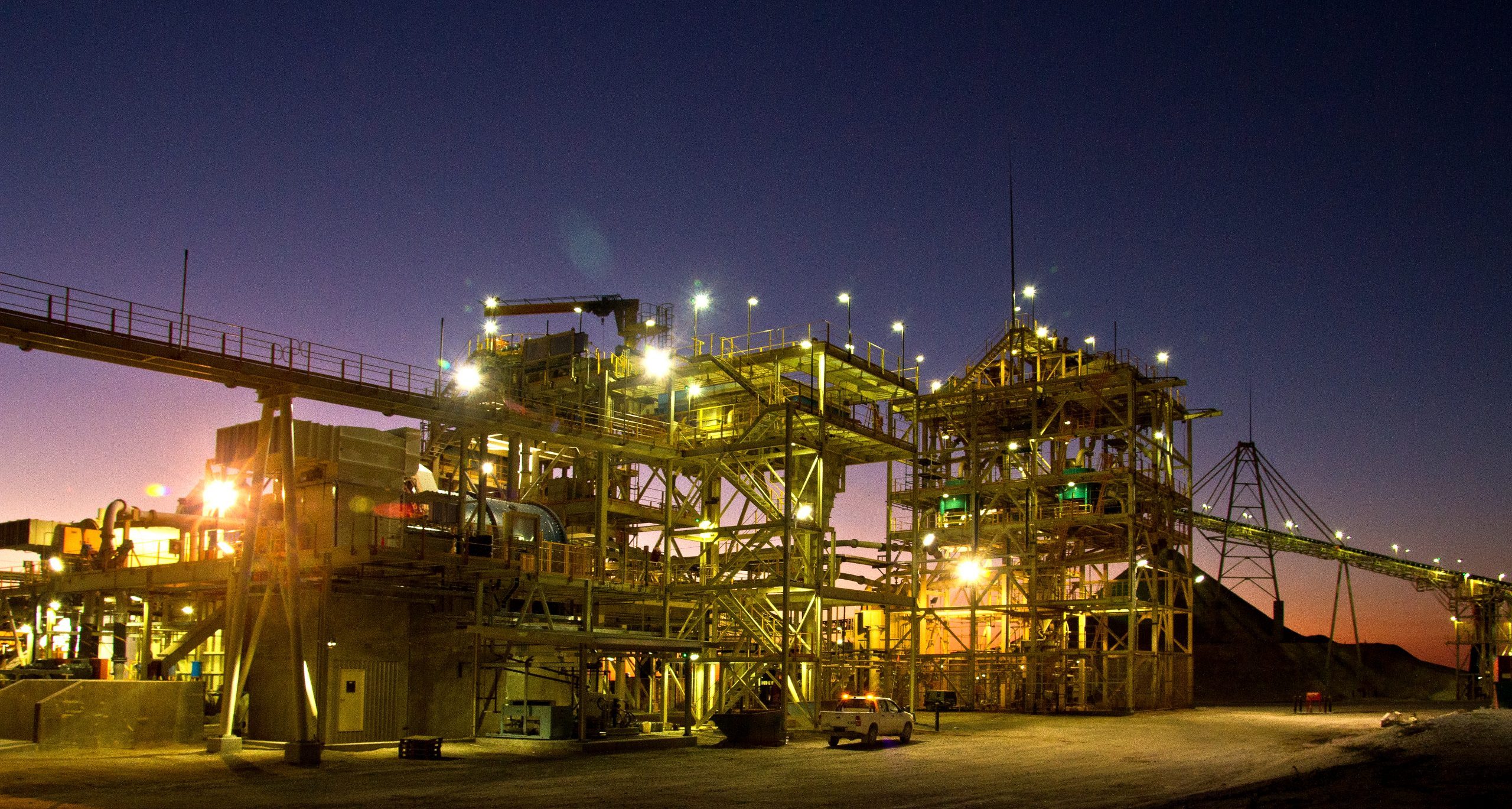Namibia’s economy grew by 7.2 per cent in the third quarter of 2023, financial service firm Cirrus Capital has said.
The firm stated that the southern African country’s year-on-year growth was due to its well-performing agriculture and mining sectors.
“This was another strong quarter for Namibia, mainly driven by exceptional performance in the mining sector, which recorded a 51,7% year-on-year growth rate as uranium spot prices continue to rise sharply, and mines did not face water supply challenges (as seen in previous years),” Cirrus Capital said.
The agriculture industry came next, growing by 19,9% on an annual basis due to a rise in livestock sales.
According to the company, farmers have deliberately engaged in more cattle trades because they anticipate less rainfall in the following season.
“Second quarter 2023 real gross domestic product (GDP) growth was also revised upwards from 3,7% to 5,5%, also led by exceptional mining performance, which was revised from an already impressive growth rate of 32% to a whopping 52,3%,” Cirrus Capital says.
Throughout the year, there has been a consistent increase in the spot price of uranium.

They peaked at US$62,6 per pound in the third quarter, having averaged US$50,7 per pound in the first and US$54,7 per pound in the second.
“The fourth quarter promises to be another fruitful quarter, with the average monthly uranium spot price in October and November standing at US$74,7 and US$81,3 per pound,” Cirrus Capital said.
Although there has been euphoria due to the 7.2% annual GDP increase, independent economic analyst Josef Sheehama is wary.
“At face value when real GDP is growing strongly, employment is likely to be increasing as businesses employ more workers and people have more money in their pockets.
“It is important to understand what GDP cannot tell us. Hence, GDP is not a measure of the overall standard of living or well-being of a country,” he says.
Sheehama emphasises sensitivity to the Namibia market slowdowns and calls for diversification outside the mining industry.
“A lack of diversification poses a serious economic risk,” he warns.
Raising concerns about Namibia’s impending drought, Sheehama also highlighted animal husbandry’s contribution to GDP variables.
He stressed the influence on consumption as he predicted growth restrictions from slower economic activity and outside challenges.
“Rising borrowing costs and slower income growth will weigh on private consumption growth, and government consumption is projected to moderate,” Sheehama says.


